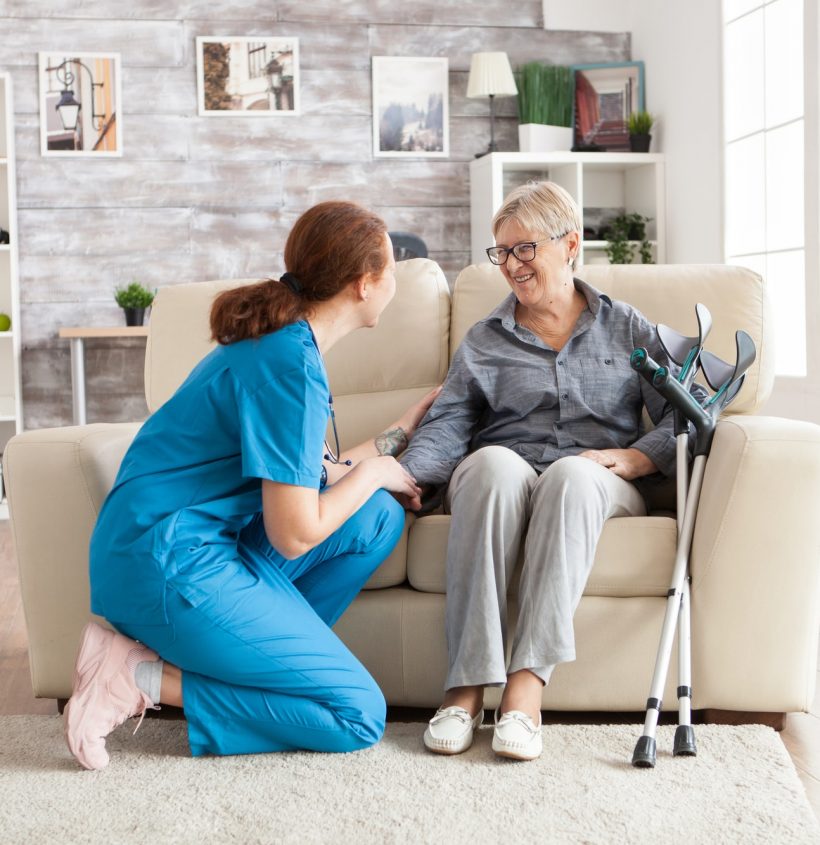Creating, implementing, and evaluating patient care plans with the medical team


Providing great patient care.
Answering patient calls and determining how best to help them.
Providing physical support for patients or residents with daily activities and personal hygiene, including bathing, dressing, getting out of bed, – using the toilet, walking, standing, or exercising.
Turning and repositioning bedridden patients.
Ensuring patients or residents receive an appropriate diet by reviewing their dietary restrictions, food allergies, and preferences.
Obtaining a wide range of information from physicians, caregivers, and nurses about patient conditions, treatment plans, and suggested activities.
Measuring and recording food and liquid intake and urinary and fecal output and reporting changes to medical or nursing staff.
Recording vital signs, including blood pressure, pulse, temperature, and respiration rate as requested by staff.

We thank you for visiting our site! If you’re searching for work, we would be very happy to have you join our Grand Healthcare family. If you are a facility in need of services, we look forward to serving you in the near future.
Copyright © 2021.